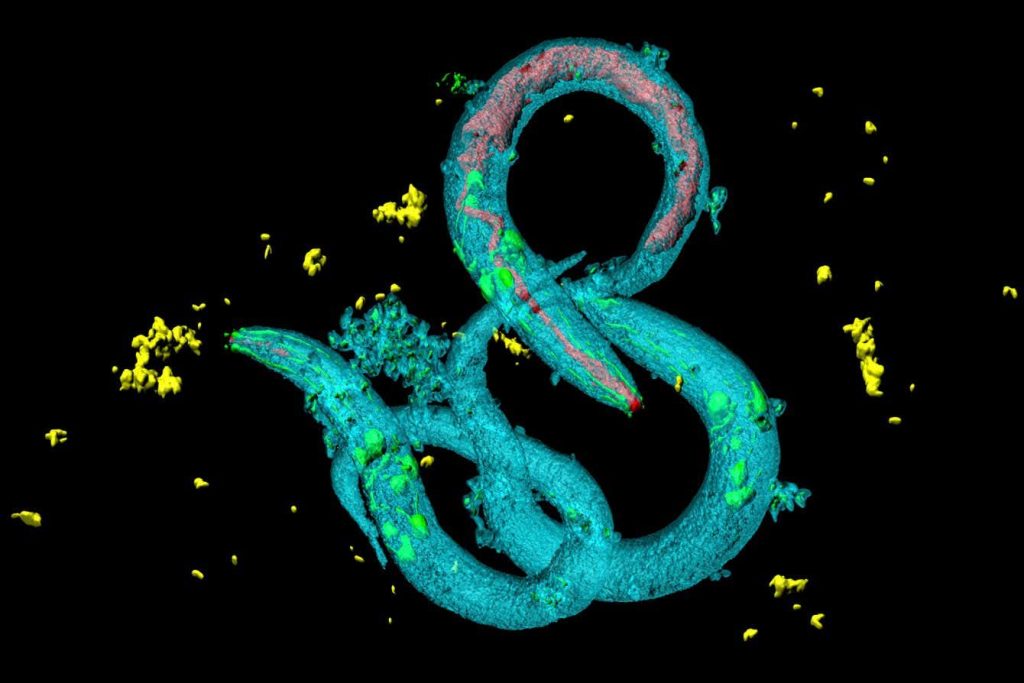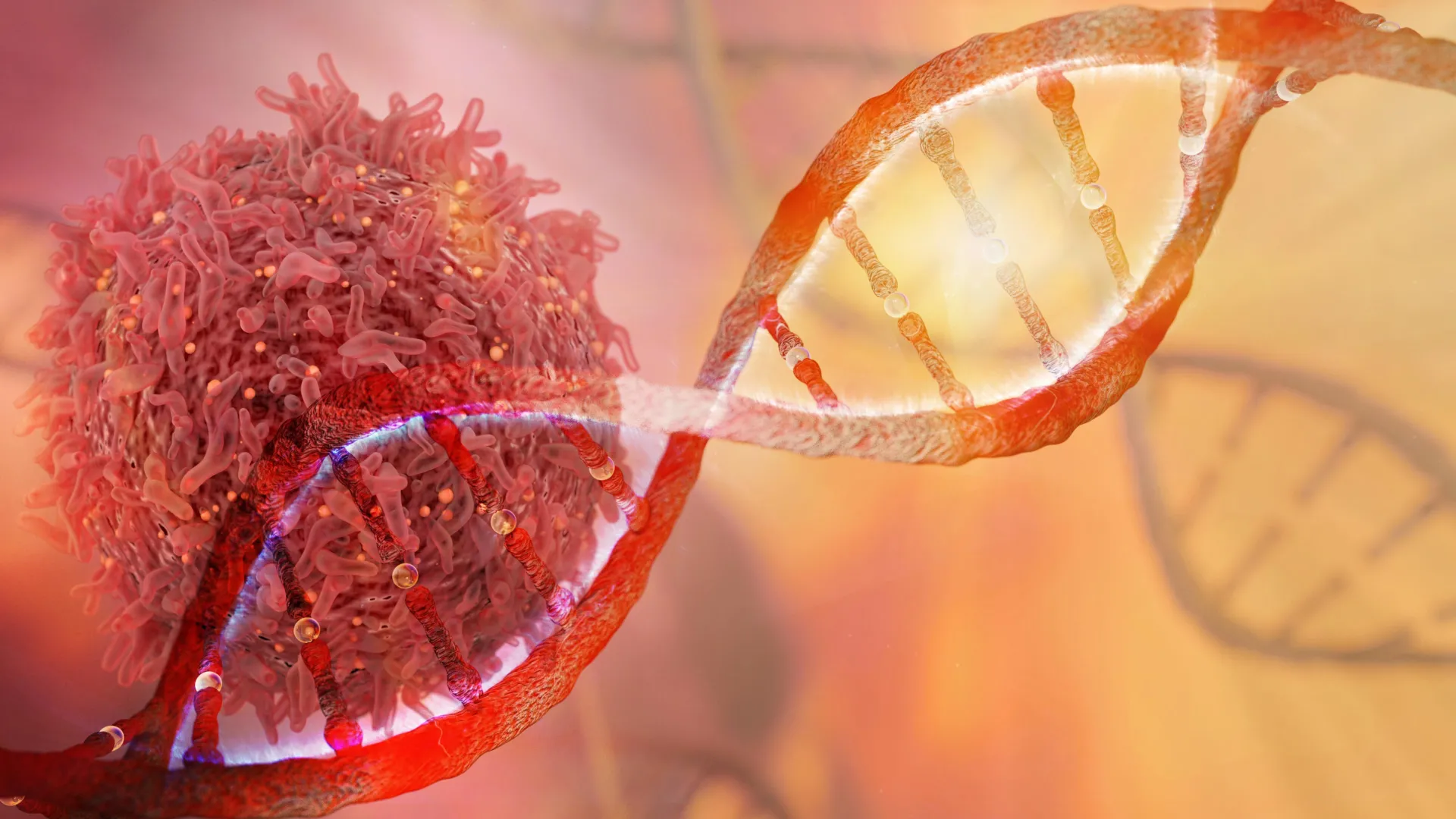Now Reading: UK’s First Three-Person DNA IVF Leads to Birth of Eight Healthy Babies
-
01
UK’s First Three-Person DNA IVF Leads to Birth of Eight Healthy Babies
UK’s First Three-Person DNA IVF Leads to Birth of Eight Healthy Babies

Speedy Summary
- UK has pioneered an IVF technique, pronuclear transfer, to reduce the risk of mitochondrial DNA diseases; eight healthy babies have been born using this method in Newcastle.
- The babies (four girls and four boys,including identical twins) were delivered by seven women at high risk of passing on mitochondrial DNA diseases. The technique minimizes disease-causing mutations in embryos.
- all eight children show no signs of mitochondrial disease and are meeting developmental milestones. Five had no detectable disease-causing mutations, while three had low levels unlikely to cause symptoms.
- Mitochondrial donation is regulated under the NHS Mitochondrial Reproductive Care Pathway and performed as part of a research study for affected women.
- The process includes close monitoring during pregnancy and post-delivery up to 18 months with plans for further follow-up till age five for all children involved.
- Minor health conditions unrelated to mitochondrial donation were observed in certain specific cases but resolved successfully with treatment or special care.
- Mitochondrial diseases affect 1 in 5,000 newborns annually due to maternal inheritance of damaged DNA; these disorders lack a cure but can be minimized using advanced reproductive techniques like Preimplantation Genetic Testing (PGT) or pronuclear transfer.
Indian Opinion Analysis
The success of pronuclear transfer offers promising advancements in genetic medicine globally. India too faces challenges associated with inherited genetic disorders such as thalassemia or muscular dystrophy that affect millions annually. While the pioneering work from Newcastle exemplifies scientific innovation improving quality of life through regulation-backed intervention, India could benefit from adopting similar approaches by strengthening ethical frameworks around medical genetics.India’s healthcare infrastructure must prioritize funding research into rare genetic disorders while addressing accessibility gaps for advanced treatments like IVF-based technologies seen here. Given india’s large population base and regional disparities, ensuring legal oversight paired with affordability will be key shoudl such therapies become viable locally.
This growth not only underscores transformative potential but strengthens global avenues for combating otherwise incurable hereditary diseases while retaining precision medicine standards ethically monitored under public interest frameworks.



























